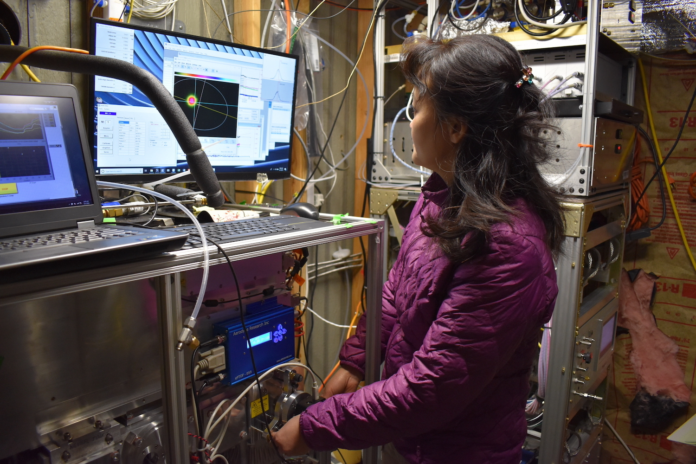Research helps understand the latent impacts of wildfires on climate
By MONICA MANMADKAR — science@theaggie.org
UC Davis researchers in the Department of Environmental Toxicology saw increases in aerosol sizes in older plumes — clouds of gasses, smoke and debris rising from a fire — from wildfires in a recent study. Aerosols are suspended liquids or particles in the air that help in cloud formation.
The researchers were interested in understanding the chemical and physical properties of aerosol particles that were injected into the atmosphere due to wildland fire activities, which elucidates the effects that wildfires have on air quality, human health and climate.
“Because wildfires are increasing in size and severity, it is important to study how the smoke impacts air quality,” said Qi Zhang, a professor in the Department of Environmental Toxicology.
Zhang continued to explain how wildfires’ environmental and climatic impacts are largely driven by the aerosol particles in smoke plumes. However, the properties of fresh versus aged smoke particles tend to differ significantly.
“Our study site was on the summit of Mount Bachelor [in Oregon] which is a location with very little influence from any anthropogenic emissions, such as traffic, making it an ideal location for measurements of smoke,” said Ryan Farley, a Ph.D. student at the Department of Agricultural and Environmental Chemistry.
Through the study, they were able to detect the presence of highly aged wildfire smoke particles at the summit of Mount Bachelor, where the air is relatively clean. Although the region had not had any wildfires recently, the researchers were able to identify smoke particles that traveled long distances, as far as Northern California to Siberia.
Using this site, the researchers concluded that old aerosol particles produced by wildfires may influence the climate in consequential ways. These particles are able to scatter and absorb solar energy, create clouds of rain or snow and change other properties of an existing cloud. Even at the low concentrations of aerosols that were measured, these particles can impact climate and human health significantly.
“These results can be used to better understand and model the formation and transformation of aerosol particles in wildfire plumes,” Zhang said via email.
Additionally, since many previous studies only looked at the changes that occurred after the first few hours of emission, Farley added how these results can be used to help parameterize global climate models and understand aerosol changes over the time span of days.
Looking at future studies, Zhang explained how they are performing lab-based experiments to better understand the chemical aging of aerosols and precursor gasses. Farley hopes that future research will help scientists understand how the aerosol chemistry changes over a larger timespan.
Written by: Monica Manmadkar — science@theaggie.org





